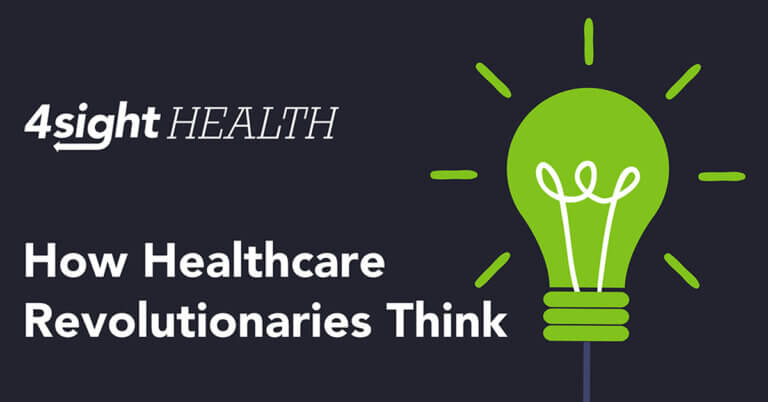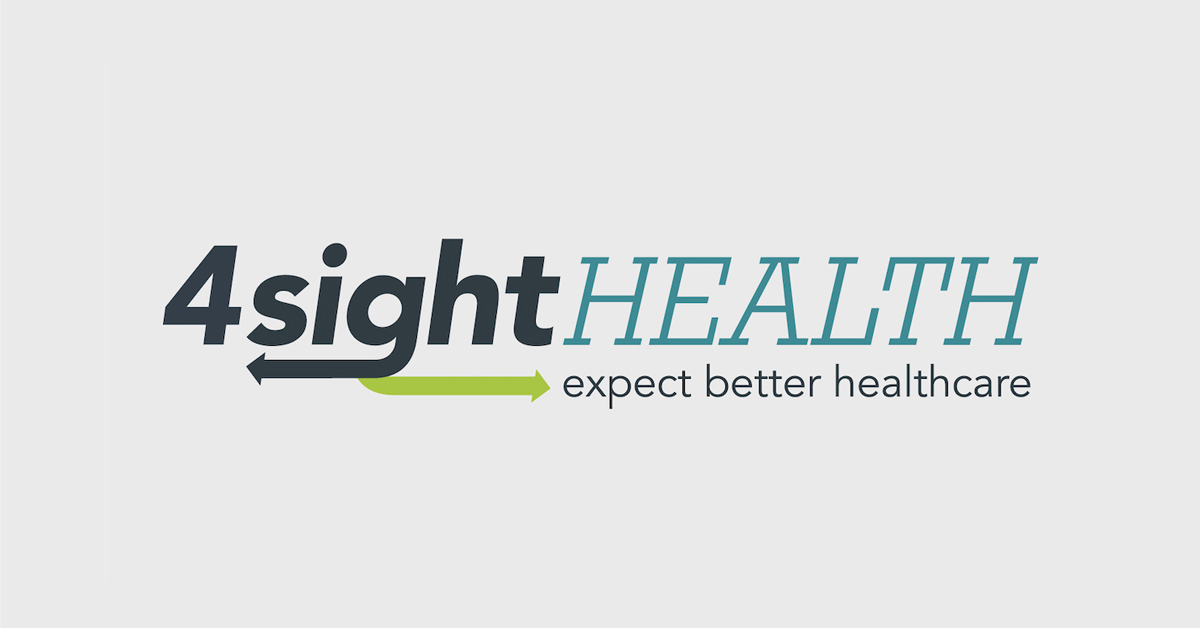October 28, 2025

Human Machine Collaboration: The Trust-Gap Abyss
Humans and machines can be friends, right? On one hand, artificial intelligence can help diagnosis, streamline workflows and crunch data unimaginably fast.
But patients and clinicians don’t automatically trust it. One survey found 65% of physicians are “very” or “somewhat” concerned about AI driving diagnosis/treatment.
From the consumer side, more than half believe generative AI will be routine in healthcare and 63% said they’d switch physicians if they found out their doctor was using generative AI to help diagnose them.
If patients don’t trust the system, they don’t engage, they don’t comply, outcomes suffer. If clinicians don’t trust AI, they either over-rely (bad) or under-use (inefficient). The promise of “smarter care” gets tangled in human hesitation and fear. When will the two lines converge? And who do you trust in the human machine learning movement?
Hiding in Plain Sight
Healthcare has tons of data, including claims, electronic health records, imaging and genomics. It’s also got data and bias hiding in plain sight, illustrated in, “It’s Time to Take People Out of the Interoperability Equation.” But who owns the data? Where’s the transparency? Rapid AI adoption is underway, but the economics, ethics and system dynamics are still catching up. A system built on AI could exacerbate health inequities rather than reduce them. Or worse, create new ones that we don’t see coming until it’s too late.
Black Holes of Responsibility
When AI makes a wrong call — a misdiagnosis, a missed cue, a flawed prediction — who’s responsible? The doctor? The AI vendor? Like David Burda says in, “Physicians Freaking Out Over Control,” “Someone who literally can be holding my life in their hands has little or no control over the outcome.”
Without clear liability and accountability, we’ll see defaulting to “just blame the machine.” That opens huge legal, regulatory, ethical can of worms. Fear rises. Adoption slows. Or worse: unfettered adoption with zero oversight, leading to catastrophic errors.
The Seductive Narrative
The headline is always that the latest tech will solve everything, but there’s the broader risk, highlighted in, “The Machines Are Coming, the Machines Are Coming!“
Focusing on technology’s silver bullet can mean missing the basics, like data hygiene, interoperability, clinician buy-in and integration into workflows. It’s also supercharging revenue cycle. That sets the stage for failed projects, wasted capital, disillusionment. Worse, patients could bear the consequences as attention shifts from human care to machine-care.
The Scary and Salvageable Future
The future of AI in healthcare could look spectacular. Smarter diagnostics, reduced waste, better outcomes and more personalized care are possible. But if we’re not vigilant, the future could also look dystopian, with opaque decisions, profit-driven overload, care fragmentation, trust erosion
To keep the beasts at bay, health systems must:
- Focus relentlessly on patient value (not just cost savings).
- Demand transparency in AI models, data, outcomes.
- Ensure equitable access so smaller providers aren’t left behind.
Outcomes matter, customers count and value rules.





